Crepey Skin
Crepe paper might traditionally make you think of birthdays and presents, but when the material’s crinkled texture also reminds you of the appearance of your skin, it’s certainly less likely to be cause for celebration. Annoyingly, it’s also a condition that can affect your skin from head-to-toe, although it does tend to be most noticeable on your hands, neck, and chest. You may also notice that it gets worse as you age, or if you’ve been a bit of a sun worshipper in your time. So, if you do want to try to ‘turn back the clock’ to recapture smoother, softer skin that makes you feel more confident, read on to discover the best ways to get rid of crepey skin, including skincare, lifestyle changes, and our favourite tweakments.

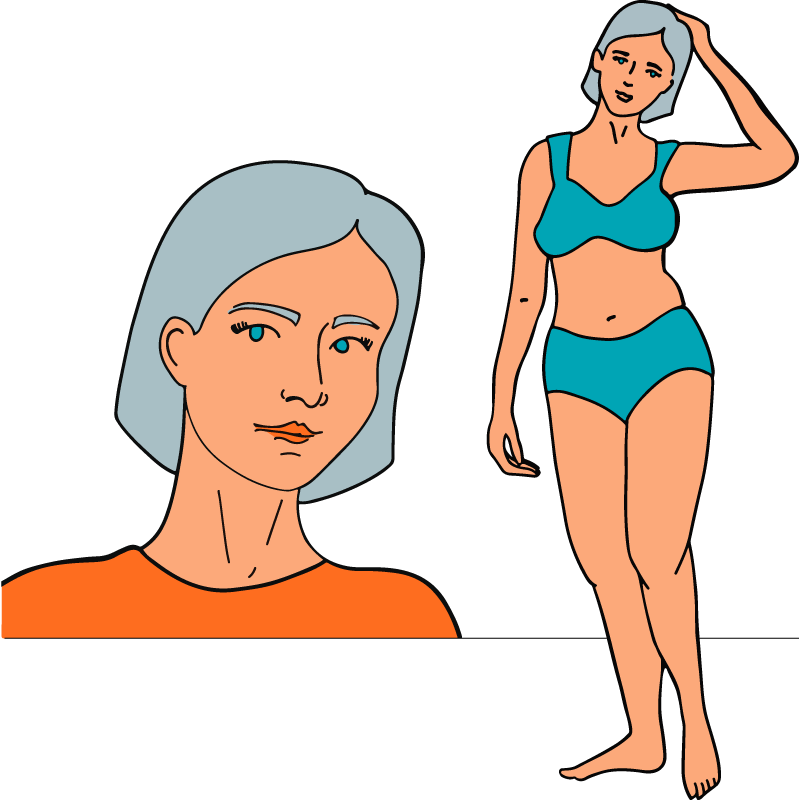

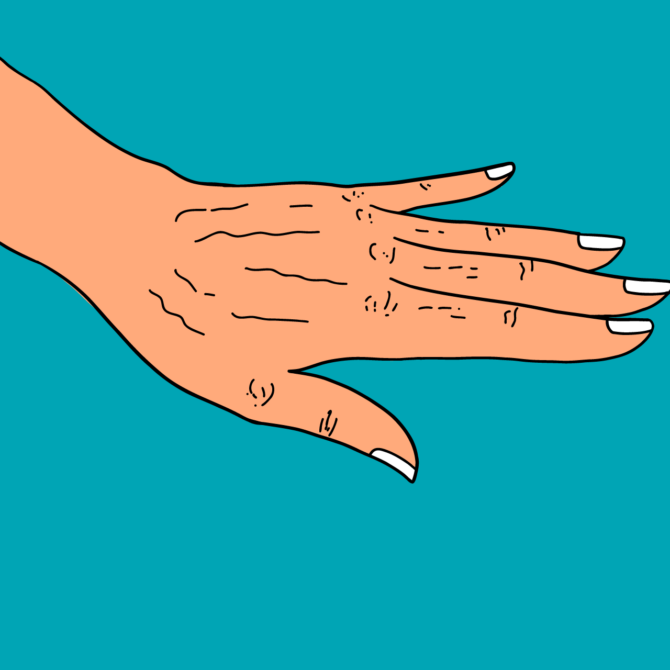




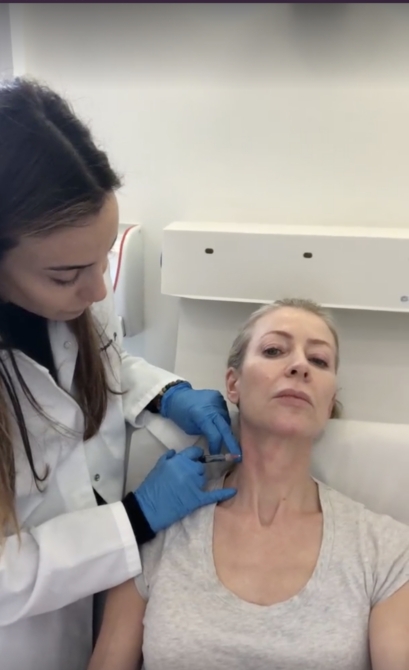
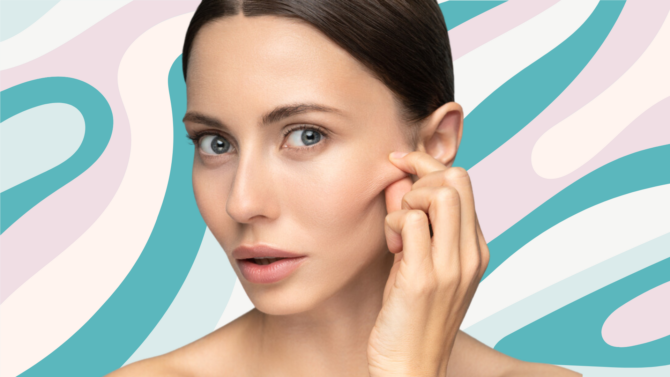
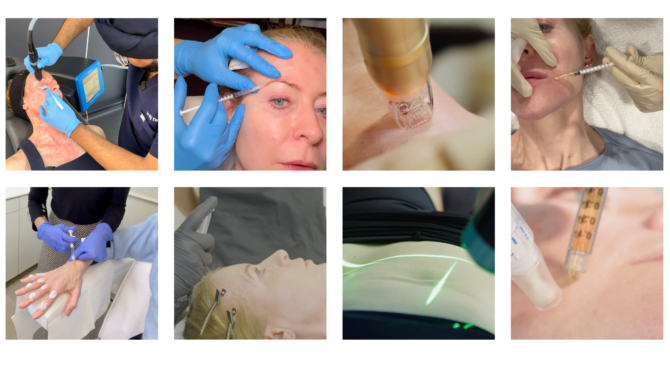
 The Tweakments Chatbot
The Tweakments Chatbot